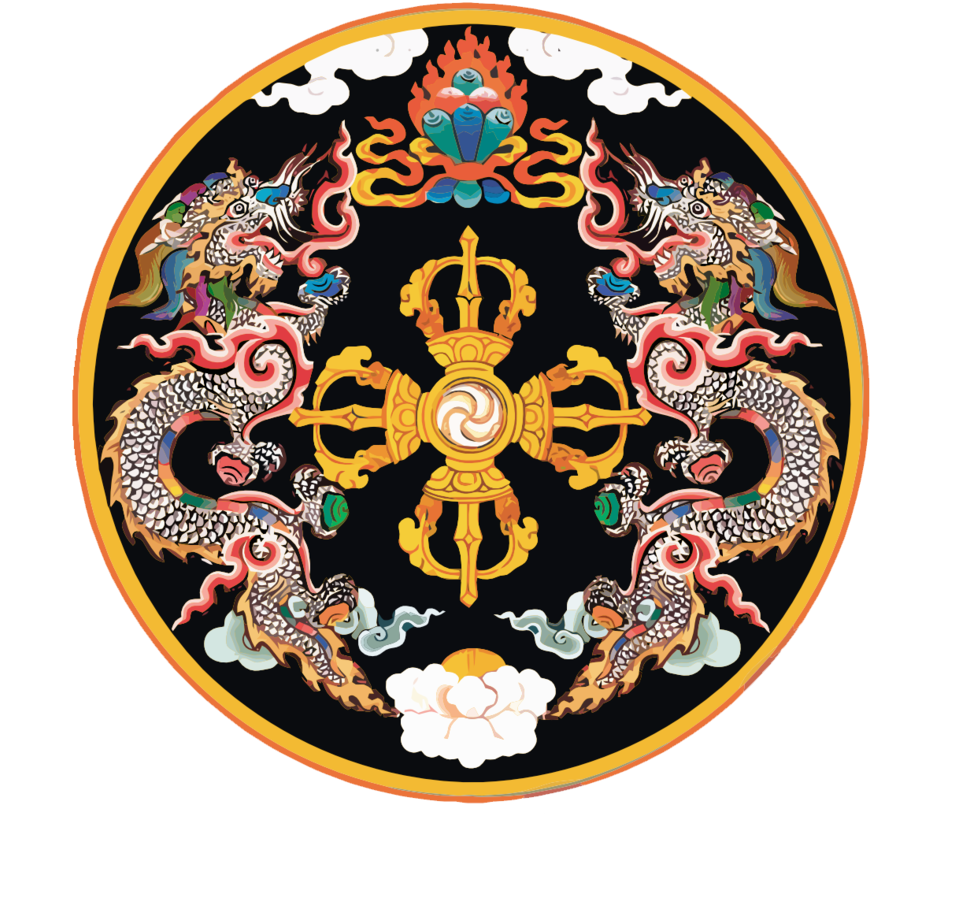BACKGROUND
Samdrup Jongkhar Dzongkhag is situated in the southeastern corner of the country, sharing its southern and northern borders with the Indian states of Assam and Arunachal Pradesh respectively. To its west lies Pemagatshel Dzongkhag and to its north Trashigang Dzongkhag. It has a population of 40,766 (20,786 male and 19,980 female), with 4808 households and an area of 1877.94 sq. km constituting around 4% of the country's total. More than three quarters of its area is under forest cover - higher than the national coverage and of mostly the broad leaved sub-tropical evergreen type. The Dzongkhag is located in the sub-tropical climate zone, extending from an elevation of 200 meters to 3600 meters with major portion of the land within 600 meters to 1200 meters. Its southern strip extending across four Gewogs consists of fertile plain lands. The temperature ranges from a minimum of 14 degree centigrade to a maximum of 36 degree centigrade during the peak summer of the year. Its average annual rainfall is 5309.4 millimeters (as recorded at Aerong). The average annual temperature is 23.8 °C. About 2749 mm of precipitation falls annually.
Administratively, the Dzongkhag is divided into two Dungkhags – Jomotsangkha (Daifam) and Samdrupchoeling (Bhangtar) – and sub-divided further into 11 Gewogs – Dewathang, Gomdar, Langchenphu, Lauri, Martshalla, Orong, Pemathang, Phuntshothang, Samrang, Serthi and Wangphu. There are total of 191 villages and 58 Chiwogs spread across the 11 Gewogs. In addition, there is one Thromde (Samdrupjongkhar) and two Satellite town (Samdrupcholing and Jomotsangkha) spread across three Gewogs.
The Dzongkhag serves as a hub of business for the five other eastern Dzongkhags of Pemagatshel, Trashigang, Trashiyangtse, Lhuentse and Mongar. The Dzongkhag administration headquarters and towns of the eastern region are all connected by the national highway. Samdrup Jongkhar Town's location at the border with India provides access to the Indian market, not only for Samdrup Jongkhar Dzongkhag but also for the other eastern Dzongkhags. It has a potential to serve as Bhutan's gateway to Assam and North Eastern states. However, a major threat to economic opportunities for the region's households is posed by the cheaper products available across the border and the control over wholesale market by the Indian ethnic community.
The town has a FCB warehouse and an auction yard particularly for mandarin, potatoes and ginger storage and auctioning from different parts of the whole of the eastern region, with the first and third products being the main cash crops of the Dzongkhag. However, frequent strikes in Assam State hinder the movement and transportation of goods. In addition, its long stretch of porous border exposes huge forested areas to the increasing population of Assam with corresponding increase in the illegal extraction of the forest resources.
AREA AND LOCATION:
As mentioned in the background, Samdrup Jongkhar Dzongkhag lies to the south eastern corner of the country, sharing its border with the Indian states of Assam State and Arunachal Pradesh to its south and east respectively and the two Dzongkhags of Pemagatshel and Trashigang to its west and north respectively. The Dzongkhag has a population of 37393 with 5191 number of households and an area of 1877.94 square kilometers.




